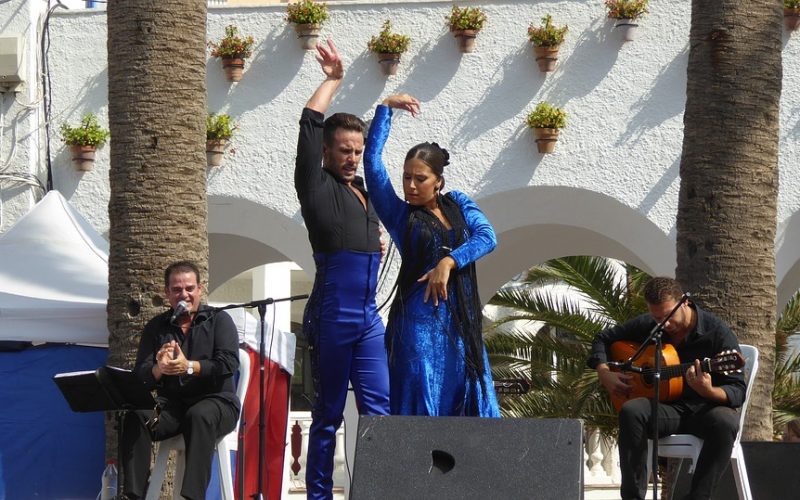Popular Cuban Dances
The island of Cuba became a colony of Spain after it was discovered by Christopher Columbus. While there were natives on the island, they perished soon after the Spanish occupation. Much of the Cuban culture is Spanish in origin. Large sugar plantations and small tobacco farms were the mainstay of Cuban settlers. The sugar plantations were often worked by slaves imported from West Africa. Both the Spanish settlers and the African slaves brought their own musical forms with them. Over the years, a fusion of the different types of music occurred. This affected the basic musical culture as well as the dances of the island.
Cuban dances are Latino style with a heavy dependence on hip swaying to the beat of the music. The Cha Cha Cha is one of the best examples of this fusion style of dance. This dance begins with partners going back and forth to the beat of the music for 4 steps. Once those steps are completed, there is a quick three step from side to side. The three steps are the Cha Cha Cha part of the dance. The beat is all important to keeping time, and that is the West African contribution to this hip swaying Latino style of dance.
Mambo has long been acknowledged as a fusion between Latino and West African music. The beat is all important and highly emphasized in this music. While fast, there are only 3 steps for every four beats of the music. Back and forth steps are done to the West African beat while the hips are swayed in typical Latino fashion.
Salsa is yet another popular Cuban dance that shows the influence of both cultures. Hip swaying is all important in salsa dancing. The music depends on a heavy beat to keep dancers in step. This is the West African influence. This dance music generally includes 3 or more percussion instruments to keep the dancers and musicians on time.


